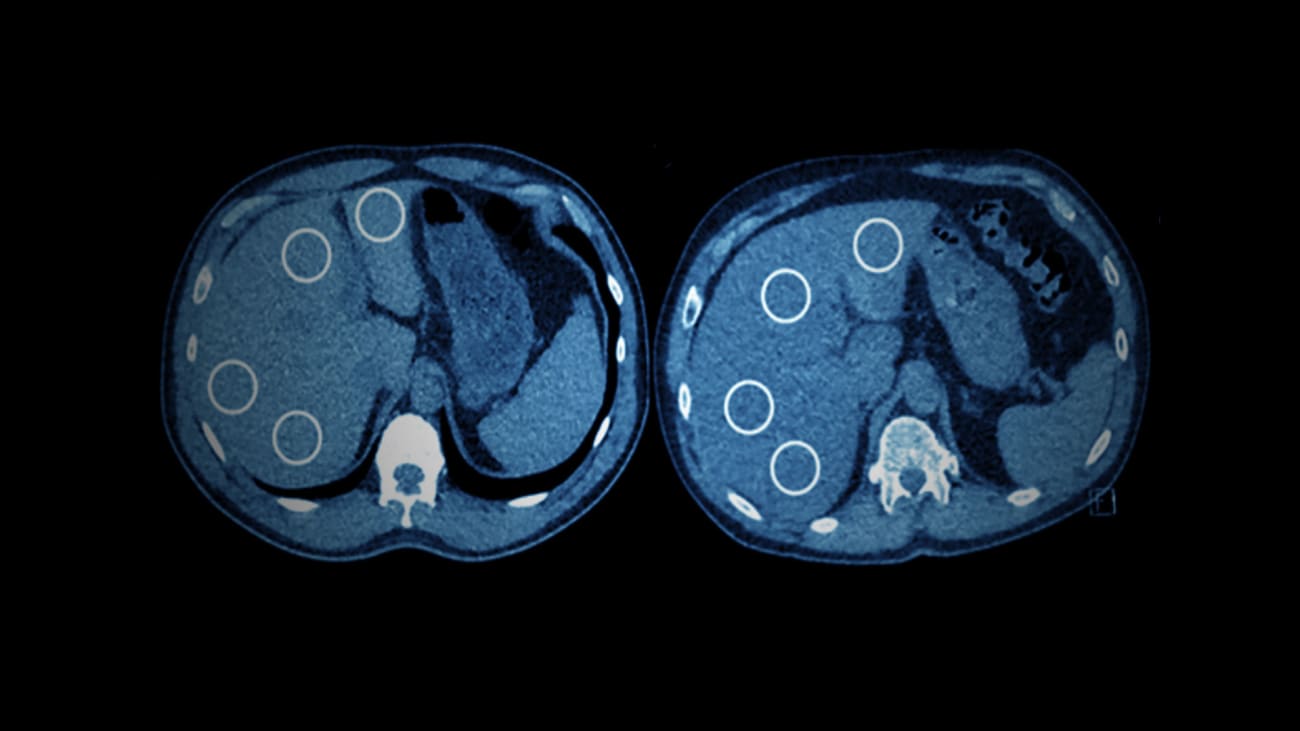World Trade Center (WTC) first responders who underwent low-dose CT lung screenings were three times more likely to have moderate-to-severe steatosis than others, a result much higher than expected. This was the first time steatosis was established in WTC responders. The condition can lead to fatty liver disease, scarring, and liver cancer.
A known connection between liver disease and exposure to chemical toxins, such as benzene and glass fibers, prompted researchers at the Mount Sinai Health System in 2020 to investigate the incidence of hepatic steatosis—high levels of fat in the liver—in World Trade Center (WTC) first responders. Using low-dose CT (computed tomography) lung screening, the researchers found that the WTC cohort—composed of 154 individuals—was three times more likely to have moderate-to-severe steatosis than those who were not WTC first responders. Their findings, published April 2020, in Clinical Imaging, established this condition in WTC responders for the first time.

